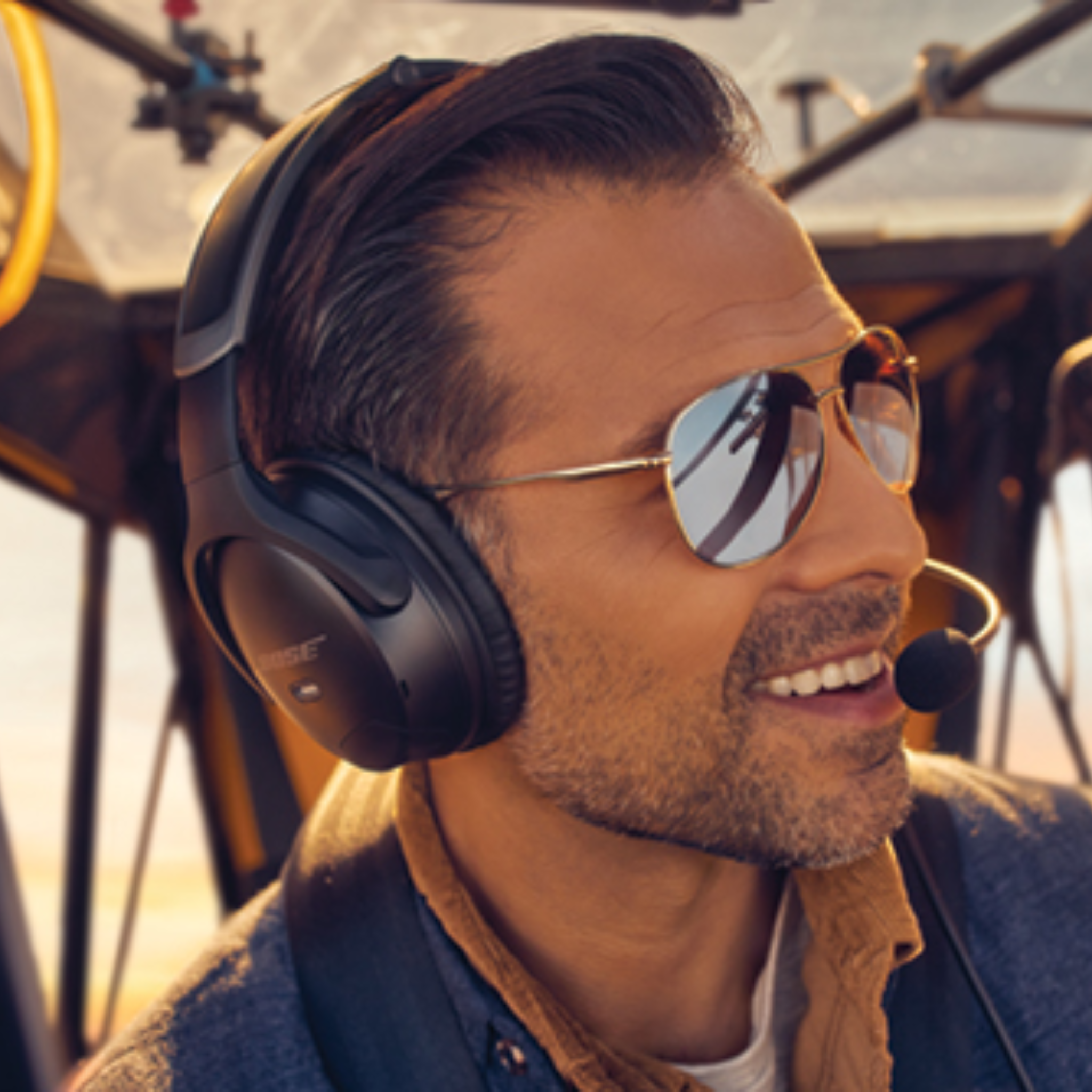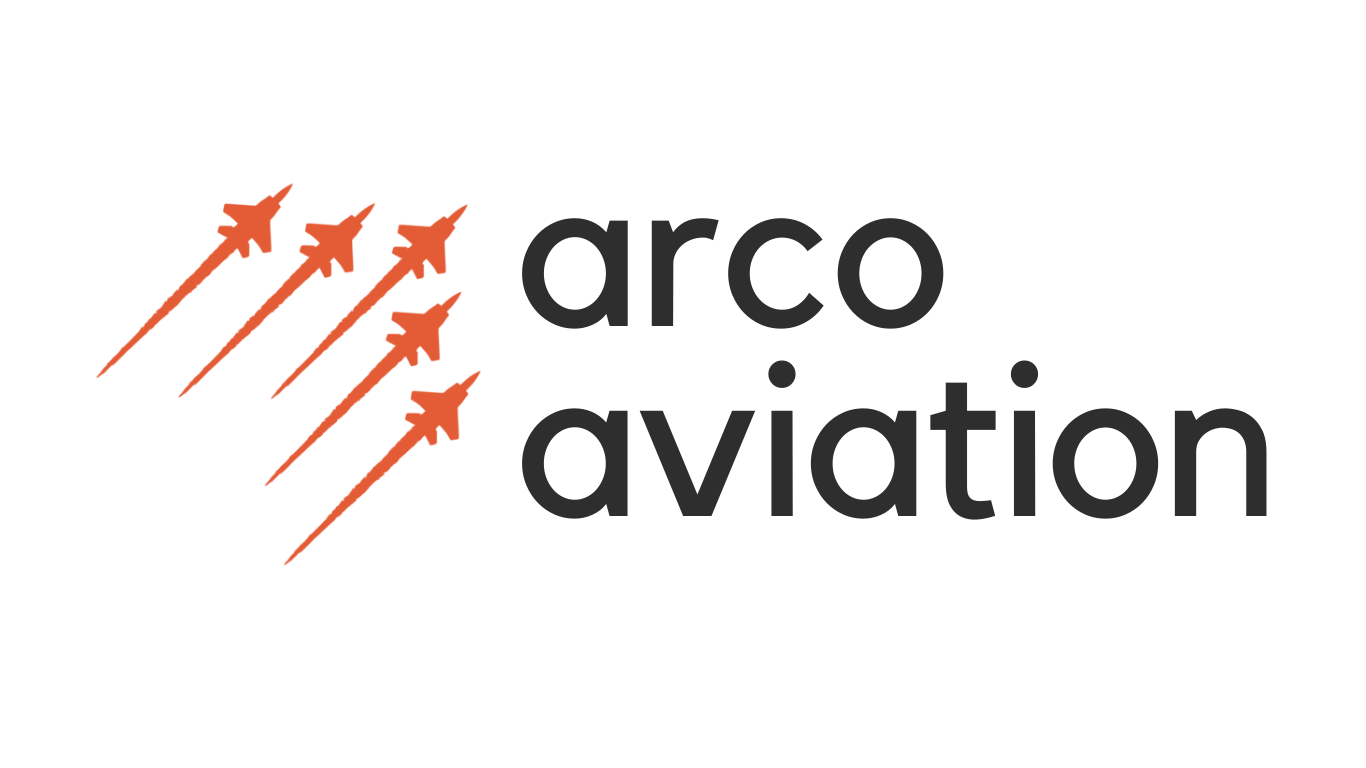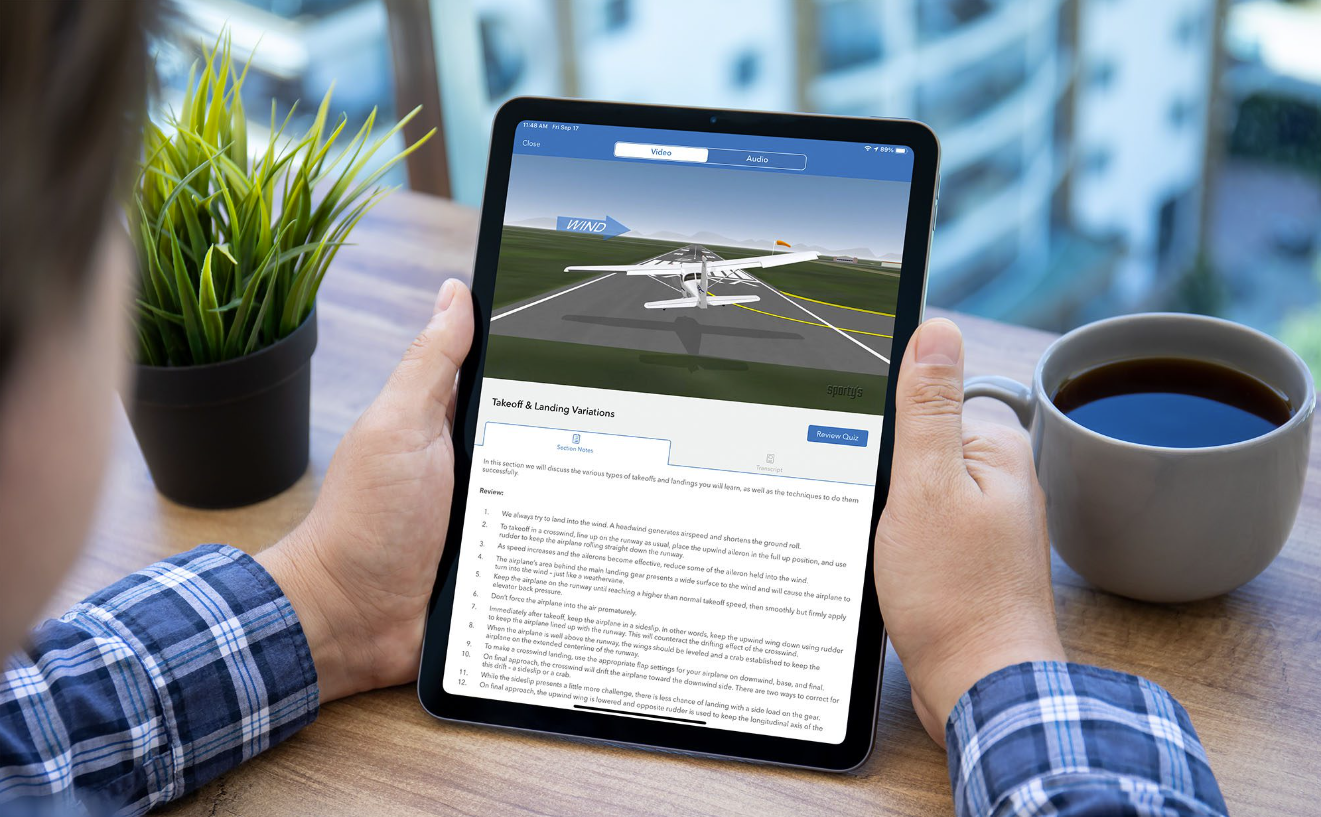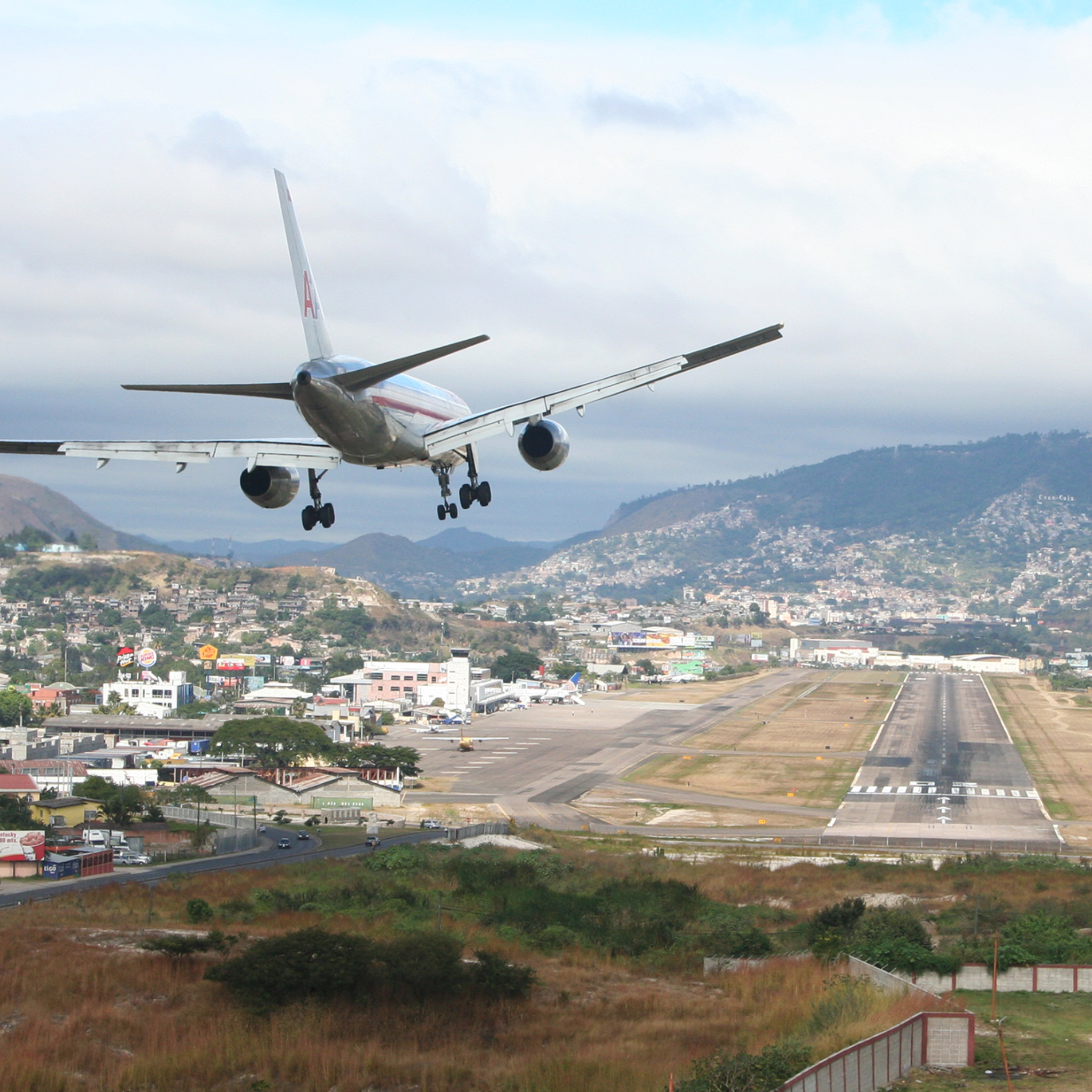
Your Complete Guide to Aviation Headsets
Aviation headsets are essential tools for pilots, providing clear communication, hearing protection, and often reducing fatigue on long flights. The right headset not only enhances comfort but also improves situational awareness and safety. This guide will cover the primary types of aviation headsets, their key features, and help you make an informed decision when choosing the right headset for your needs.
Why Choosing the Right Aviation Headset Matters
Pilots face unique noise levels and communication requirements that general-purpose headsets don’t cover. Aviation headsets provide:
- Noise Reduction: To minimize the high cockpit noise that can cause fatigue and hearing damage over time.
- Clear Communication: Reliable audio to communicate effectively with air traffic control (ATC) and co-pilots.
- Comfort for Extended Use: Lightweight, well-padded options for long flights to reduce discomfort.
With these essentials in mind, let’s dive into the main types of aviation headsets and what sets them apart.
Types of Aviation Headsets
1. Passive Noise Reduction (PNR) Headsets
How They Work:
PNR headsets use thick, high-density ear cushions to physically block cockpit noise. By creating a snug seal around the ears, they provide basic noise reduction through isolation rather than electronics.
Advantages:
- Affordable: Often more budget-friendly compared to other types.
- Battery-Free: Since they don’t rely on electronics, PNR headsets don’t require batteries or charging.
Disadvantages:
- Less Effective Noise Reduction: PNR is limited in high-noise environments, such as larger aircraft or helicopters.
- Bulkier: Typically, these headsets are heavier and have a tighter fit, which may cause discomfort on long flights.
Best For:
Private pilots, students, and those who fly smaller aircraft with lower cockpit noise.
2. Active Noise Reduction (ANR) Headsets
How They Work:
ANR headsets feature built-in microphones that detect low-frequency noises (like engine hum) and generate “anti-noise” signals to cancel them out. This technology is powered by batteries or aircraft power and greatly reduces cockpit noise.
Advantages:
- Superior Noise Reduction: Blocks out most low-frequency sounds, providing a quieter cockpit and reducing fatigue.
- Comfortable Fit: Usually designed with lighter, more comfortable materials.
Disadvantages:
- Requires Power: ANR headsets require either batteries or a connection to aircraft power, making them reliant on a power source.
- Higher Cost: ANR headsets are typically more expensive than PNR options.
Best For:
Pilots in high-noise cockpits, such as jet or multi-engine aircraft, or those who fly frequently and need added comfort and noise reduction.
3. Digital Noise Reduction (DNR) Headsets
How They Work:
DNR headsets use advanced digital signal processing (DSP) to analyze and cancel out cockpit noise even more precisely than traditional ANR. This digital processing results in cleaner, more effective noise cancellation.
Advantages:
- Enhanced Noise Cancellation: Delivers even clearer audio and noise reduction, which can be beneficial in extremely noisy environments.
- Lightweight Design: Many DNR headsets are designed with lightweight materials, offering comfort for long flights.
Disadvantages:
- Expensive: The advanced technology typically makes DNR headsets the most expensive option.
- Battery Dependence: Like ANR, they require a reliable power source.
Best For:
Professional pilots or frequent flyers who prioritize maximum comfort and noise reduction, even in the loudest aircraft.
4. In-Ear Aviation Headsets
How They Work:
In-ear aviation headsets function similarly to earbuds, fitting directly in the ear rather than over it. These headsets often come with foam tips to block out noise and sometimes include ANR or DNR features for enhanced noise reduction.
Advantages:
- Lightweight and Compact: Extremely portable and much lighter than over-ear models.
- Reduced Clamping Pressure: Avoids the “head clamping” sensation common with over-ear headsets, making them comfortable for long flights.
Disadvantages:
- Less Noise Isolation: While comfortable, in-ear models may not isolate noise as effectively as over-ear models without ANR or DNR.
- Custom Fit Often Required: Some in-ear models require custom-molded earpieces for an optimal fit, which can add cost and time to the purchase process.
Best For:
Pilots who prioritize comfort, especially on longer flights, and those who prefer a minimalist, unobtrusive headset.
5. Bluetooth and Wireless Headsets
How They Work:
Wireless aviation headsets utilize Bluetooth to connect to devices such as phones or tablets. While the primary function of the headset remains wired for communication with ATC, Bluetooth allows hands-free phone connectivity for pre-flight calls, listening to audio, or accessing other features.
Advantages:
- Enhanced Connectivity: Ideal for pilots who want to make phone calls, listen to music, or use apps without additional wires.
- Convenient for Multi-Tasking: Bluetooth functionality offers flexibility, especially useful for pre-flight and post-flight communications.
Disadvantages:
- Battery Life Concerns: Bluetooth adds to battery usage, and battery life can vary based on Bluetooth and ANR usage.
- Higher Cost: Wireless models tend to be pricier due to additional features.
Best For:
Pilots who want Bluetooth connectivity, frequently communicate outside of the radio, or prefer using multimedia features.
Additional Features to Consider When Choosing a Headset
Besides noise reduction and comfort, here are a few other features to keep in mind:
Microphone Quality
The microphone is essential for clear communication with ATC and co-pilots. Look for headsets with noise-canceling boom microphones that reduce background noise for clear transmission. Adjustable boom arms can also improve comfort and positioning.
Weight and Comfort
Consider the headset's weight, especially if you fly long hours. Heavier headsets with excessive clamping force can lead to discomfort and fatigue. Look for headsets with adjustable headbands, padded ear cups, and lightweight materials.
Durability and Build Quality
Durable materials like reinforced plastic or metal components help the headset withstand regular wear and tear, especially in commercial aviation. Quality build can be a worthwhile investment for pilots who use their headset daily or in rugged environments.
Battery Life (for ANR and Bluetooth Models)
Battery life can vary significantly among ANR and Bluetooth headsets. Look for headsets with long battery life if you often fly extended routes or bring spare batteries to avoid interruptions mid-flight.
Additional Comfort Features
Features like flexible headbands, memory foam ear seals, and lightweight frames can make a difference during prolonged flights. Many high-end models offer these added comfort features, which can help minimize discomfort.
Summary: Choosing the Right Headset for Your Needs
To choose the right headset, consider your flying environment, frequency of use, and comfort preferences. Here’s a quick guide:
- For Budget-Conscious Pilots: PNR headsets offer basic noise reduction without the high price tag or battery requirements.
- For High-Noise Cockpits: ANR headsets are excellent for multi-engine aircraft, helicopters, or any high-noise environment.
- For Maximum Comfort and Technology: DNR headsets provide top-of-the-line noise reduction and are ideal for professional pilots or frequent flyers.
- For Long Flights: In-ear headsets offer a lightweight alternative with less clamping pressure.
- For Extra Connectivity: Bluetooth or wireless headsets provide convenient smartphone connectivity for added functionality.
Final Thoughts
Choosing the right aviation headset is a personal decision that balances budget, comfort, and noise reduction needs. By understanding the features and benefits of each type, you’ll be better equipped to select a headset that will keep you comfortable and focused, whether you're a student pilot or a seasoned pro.
For more guidance, check out our range of headsets and feel free to contact us for personalized recommendations. Safe flying!


